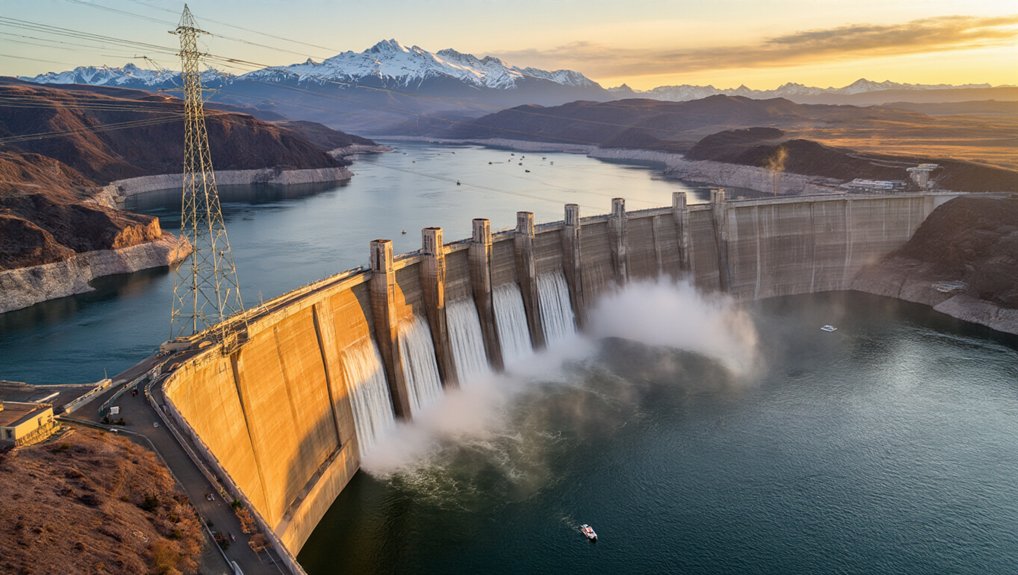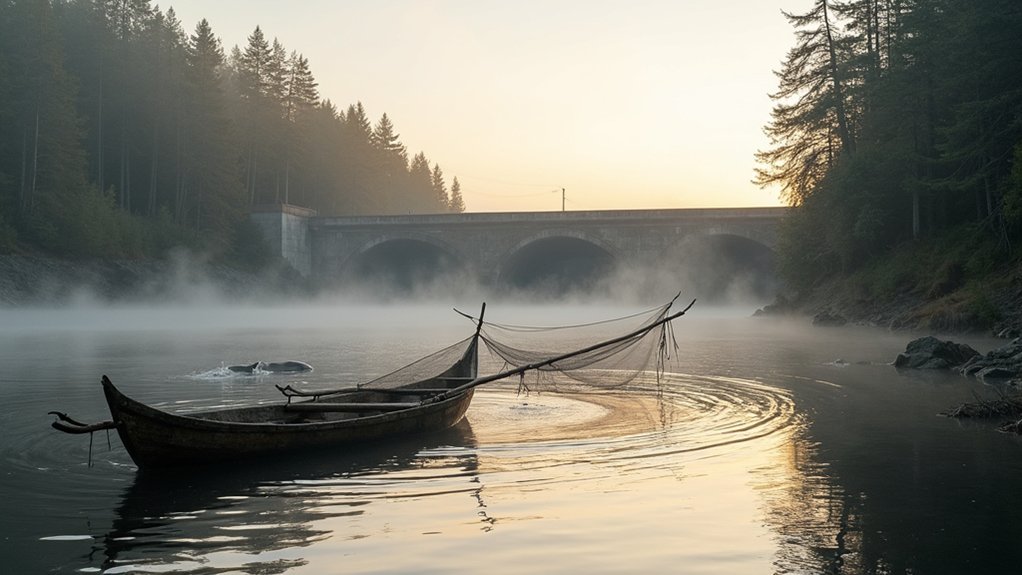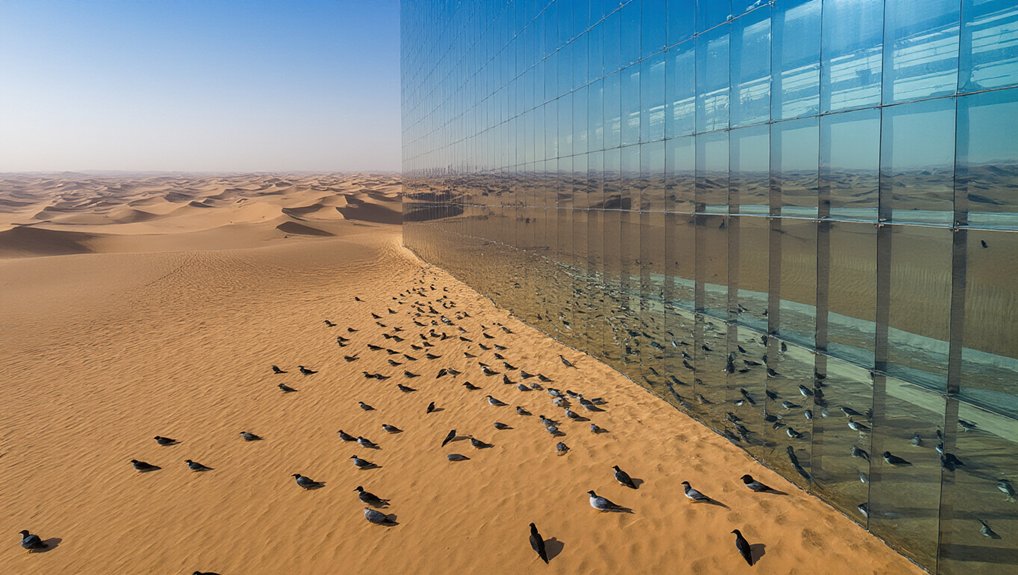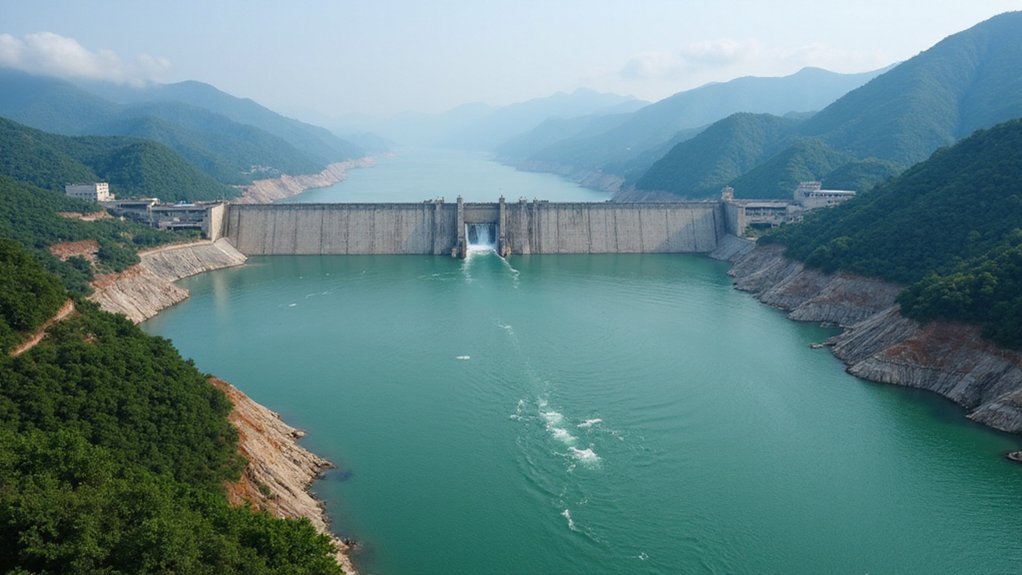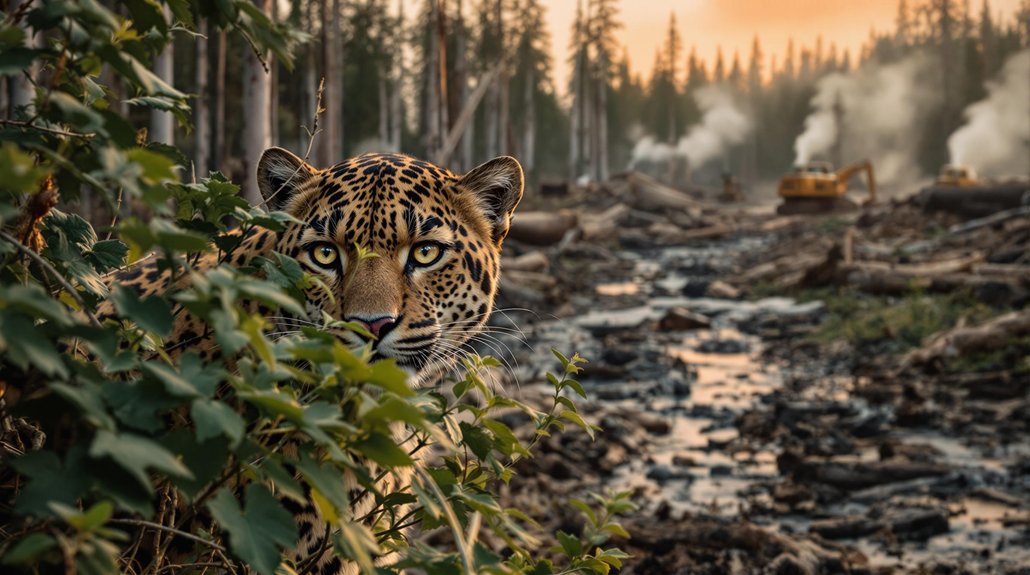While fireworks light up the night sky with dazzling colors and booming sounds that humans find entertaining, they create a nightmare scenario for animals worldwide. The facts are stark. Up to half of all dogs show fear reactions—trembling, hiding, running away. Great entertainment for us, pure terror for them. Horses bolt in panic, often injuring themselves or trampling humans nearby. But hey, pretty colors!
The consequences go beyond just scaring Fido. Around 20% of pets go missing after fireworks displays. Animal shelters report their busiest intake periods following major firework events. Let that sink in. Your 15 minutes of oohs and aahs translate to thousands of animals spending nights—or lifetimes—lost and afraid.
The aftermath speaks volumes: 1 in 5 pets vanishes while we marvel at the spectacle overhead.
Wildlife suffers invisibly. Birds take panicked flight at night, when they should be safely roosting. Some fly so far in terror that they literally cannot return to land before exhaustion claims them. They drop from the sky. Dead. Because we needed to see things go boom. Research shows birds can fly for extended periods due to fireworks-induced panic. Wildlife may abandon their young in their desperate attempt to flee from the terrifying noise.
Zoo animals can’t escape the noise. Rhinos, cheetahs, and elephants show visible distress during fireworks. Farm animals panic in their enclosures, sometimes fatally injuring themselves trying to flee. Some livestock even abort pregnancies due to the stress. Trapped and terrified—no way out.
The damage isn’t just psychological. Fireworks leave behind toxic debris that animals ingest, causing poisoning and internal injuries. The chemicals contaminate water sources, harming aquatic life. The smoke chokes sensitive species. And we wonder why wildlife populations struggle.
Over time, repeated exposure leads to chronic stress and increased noise sensitivity. Animals alter migration paths, feeding habits, and nesting behaviors. Entire ecosystems shift because of our brief amusement.
Some communities are waking up, implementing bans or seeking alternatives to traditional fireworks. But change comes slowly. Meanwhile, millions of animals continue to suffer in silence every time we decide to “celebrate” with explosions in the sky.
References
- https://sentientmedia.org/fourth-of-july-fireworks-animals/
- https://troutlakenaturecenter.com/news-events/newsroom.html/article/2025/06/25/fireworks-history-and-their-impacts-on-wildlife
- https://www.delawaretwpnj.org/government/forms/environmental-commission/seasonal-environmental-commission-information/summer/1743-the-devastating-effects-of-fireworks-on-pets-and-wildlife/file
- https://aldf.org/article/animals-suffer-for-fireworks-more-localities-are-implementing-bans/
- https://www.animal-ethics.org/how-fireworks-harm-nonhuman-animals/

